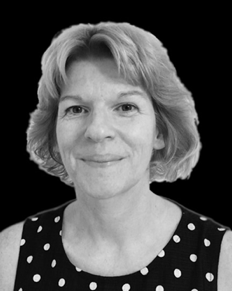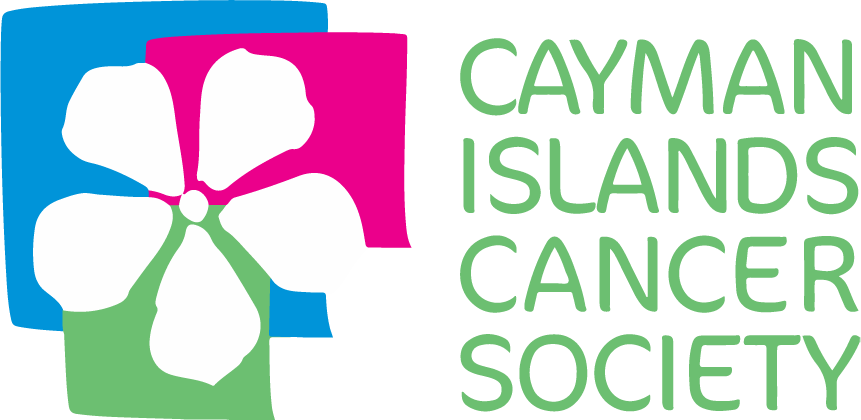Uncategorised
Facts & Myths of Childhood Cancer
 Dr. Sara Watkin, Paediatrician and Neonatologist
Dr. Sara Watkin, Paediatrician and Neonatologist
Fortunately, today, for the vast majority of children who develop cancer the outlook with treatment is good, with overall more than 80% of children surviving their cancer. However, despite these great advances, cancer remains the 2nd largest cause of death in children, after accidents.
About 1 in 500 children will develop Cancer before the age of 14. This suggests that in Cayman each year, on average, 1 or 2 children will develop cancer, although really the true incidence is unknown. Unlike in adults, cancer in children is rarely due to environmental factors or lifestyle choices. In many children, changes in cell DNA either before birth or in early childhood result in cells later becoming cancerous and growing out of control.
The two key reasons why most children with cancer survive today, compared to most dying 30 to 40 years ago, are the centralization of cancer care into major centers across the world and because of the high quality multicenter clinical trials which have occurred, providing us with a range of therapies we didn’t use to have. Before any new treatment can be made widely available to patients, it must be studied in clinical trials (research studies) and found to be safe and effective in treating disease. Clinical trials for children and adolescents with cancer are generally designed to compare potentially better therapy with therapy that is currently accepted as standard. Most of the progress made in identifying curative therapies for childhood cancers has been achieved through families agreeing to their children participating in these clinical trials.
In children, the two main types of cancer are leukemia and brain tumors. Leukemias, which are cancers of the bone marrow and white blood cells, account for about 30% of all cancers in children. Leukemia can present with bone and joint pain, tiredness, weakness, pale skin, bleeding or bruising, fever, weight loss, and other symptoms. Acute leukemias can grow quickly, so they need to be treated as soon as they are found, typically with chemotherapy.
Brain and other central nervous system tumors are the second most common cancers in children, making up around 26% of childhood cancers. Brain tumors can cause headaches, nausea, vomiting, blurred or double vision, dizziness, trouble walking or handling objects, and other symptoms. There are many types of brain tumors and the treatment and outlook for each is different.
Although most children with cancer now survive, the treatment can be very grueling for the child and obviously it’s both a stressful and highly demanding time for their family too. Many children and their families need lots of support both emotionally and sometimes financially too. The Cayman Islands Cancer Society helps support families by providing direct financial aid and other services.
For more information on the Society or its programmes call 949-7618 or email info@cics.ky
